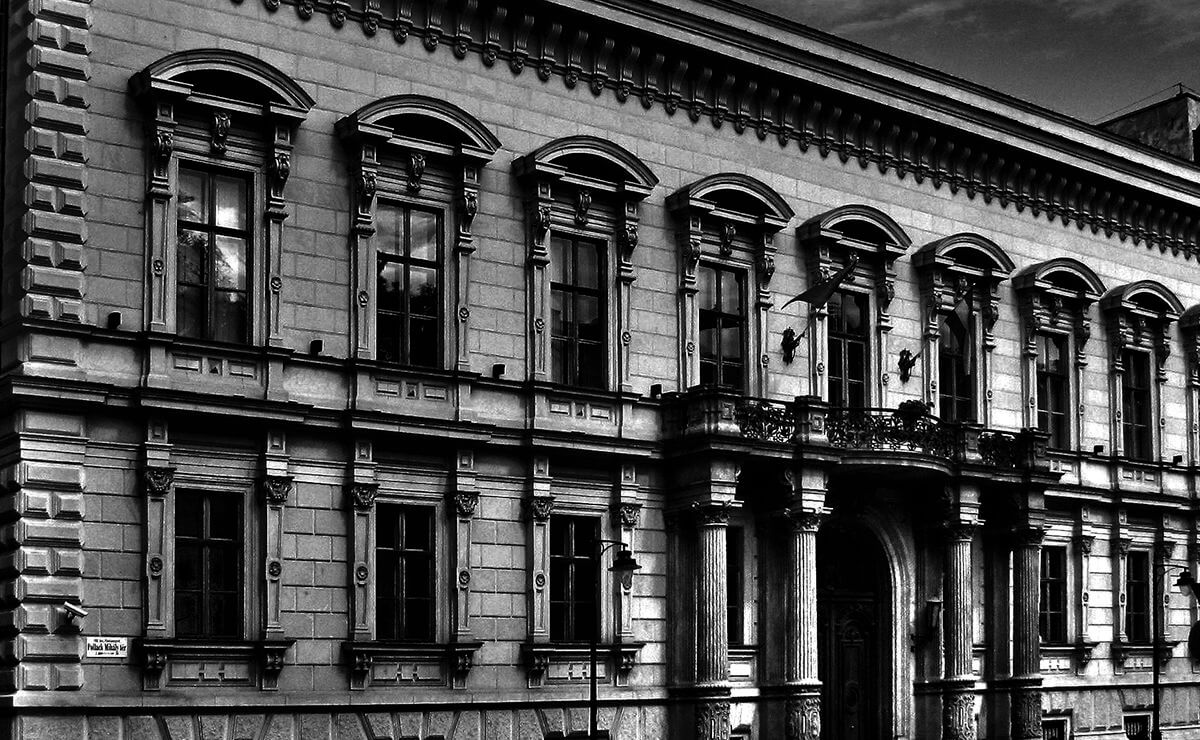Manifesto for the preservation of historical windows
IN PRAISE OF TRADITIONAL WINDOWS
Windows are capable of representing the style of the building and the time of its construction by themselves with their scales and proportions, formal and technical solutions. They play a significant role in defining the character of individual buildings, the street- and townscape.
As a result of continuous perfection, traditional windows made by high-standard workshops represent remarkable value.
- They are both aesthetic and practical, as their slender and thin segments lend elegance and lightness to buildings, and their glass expanses fairly large compared to the size of windows let ample sunshine in the interior.
- Complex two-layered windows typically combined with rolling shutter box, shutter or louvres allow for flexible utilization, effective heat, light and noise insulation, as well as let the buildings air.
- Made of excellent materials, their longevity may be guaranteed by continuous maintenance.
THE SITUATION AT PRESENT
Pollution, the exhaustion of resources and the change of the climate are the most burning issues today. We can find both good and bad solutions to each of them.
Concerning windows, the bad and hasty answer is the unjustified replacement of old windows with new ones, usually due to misinterpreted possibilities of competition, the lack of information and superficial promotional campaign.
One of the good answers is the preservation of traditional windows because:
- for the sake of sustainability it is vital to make use of every existing resources for the maximum,
- with this we can guarantee the preservation of the character of our man-made heritage and that of the usually harmonious street- and townscape,
- results of research prove that the properties of traditional windows may be improved by relatively simple methods, making them almost the equals of new ones as for heat technology, noise insulation and sealing
- we can protect our environment from the production of superfluous garbage
- by using less new products, we can save energy
- by retaining the original windows we can increase the real-estate value of buildings.
- In case it is necessary, the reproduction of windows of old buildings may be a god answer too if
- designing, execution and installation is carried out with expertise,
- the new window is made with the most authentic profiling, materials and colours most faithful to their originals
- meeting the necessary technical requirements does not involve aesthetic deterioration
THE SOLUTION
In order to promote the preservation of traditional historical windows luckily found in large numbers in the country, widespread co-operation is required. To achieve this goal we are hereby assuming to co-operate in the tasks as follows:
- the coordination of building acts and regulations,
- the reinforcement of heritage protection, environment-awareness and energy-saving approach and attitude in education,
- shaping attitude in the practice of architecture (especially in designing and execution),
- supporting topic-related research,
- the development of technologies, materials and products to promote and facilitate the preservation of windows and the adjustment of their physical features to meet contemporary requirements
- the information and awakening the consciousness of real-estate managers and maintainers,
- widespread information for non-professionals (the potential clients),
- to promote the publishing of competitions and project tenders to encourage the preservation and improvement of windows instead of their replacement,
- to popularize the existing body of professionals (restorers, joiners, metallurgists, manufacturers and distributors), as well as existing exemplary instances
- support the development of vocational training (the widening of approach, technology, technics, the knowledge of materials to preserve traditional windows)
- etc. other issues suggested by the conference
The present manifesto was drawn up as based on the international and Hungarian conclusions of the professional programme of „Windows” – an international conference for the preservation of traditional historical windows held in Budapest.
Budapest, November 17th, 2008
Member organizations of the National Architectural Council / Nemzeti Építészeti Tanács:
Hungarian Chamber of Architects / Magyar Építészkamara (MÉK)
Hungarian Architect’s Association / Magyar Építőművészek Szövetsége (MÉSZ)
Hungarian Association of Urbanistics / Magyar Urbanisztikai Társaság (MUT)
National College of Chief Architects / Országos Főépítészi Kollégium (OFK)
National Federation of Hungarian Contractors / Építési Vállalkozók Országos Szakszövetsége (ÉVOSZ)
Sándor Fegyverneky
National chief architect, the chairman of NÉT
Dr. Tamás Mezős chairman
National Office of Cultural Heritage / Kulturális Örökségvédelmi Hivatal (KÖH)ICOMOS Hungarian National Committee / Magyar Nemzeti Bizottság
ECOVAST / European Council for the Village and Small Town – The Association of the Hungarian Workshop for the Village and Small Town / Falvak és Kisvárosok Magyarországi Műhelye Egyesület
Budapest University of Technology and Economics / Budapesti Műszaki és Gazdaságtudományi EgyetemNon-Profit Company for Quality Control and Innovation in Building / Építésügyi Minőségellenőrző Innovációs Kht.
Association of Hungarian Üvegipar / Magyar Üvegipari Szövetség
Association Porta Speciosa / Porta Speciosa Egyesület
The Association of Town and Village Protection / Város- és Faluvédők Szövetsége /
Foundation for the World Heritage of Budapest / Budapest Világörökségéért Alapítvány (B.V.A.)
Architects’ Forum / Építészfórum


